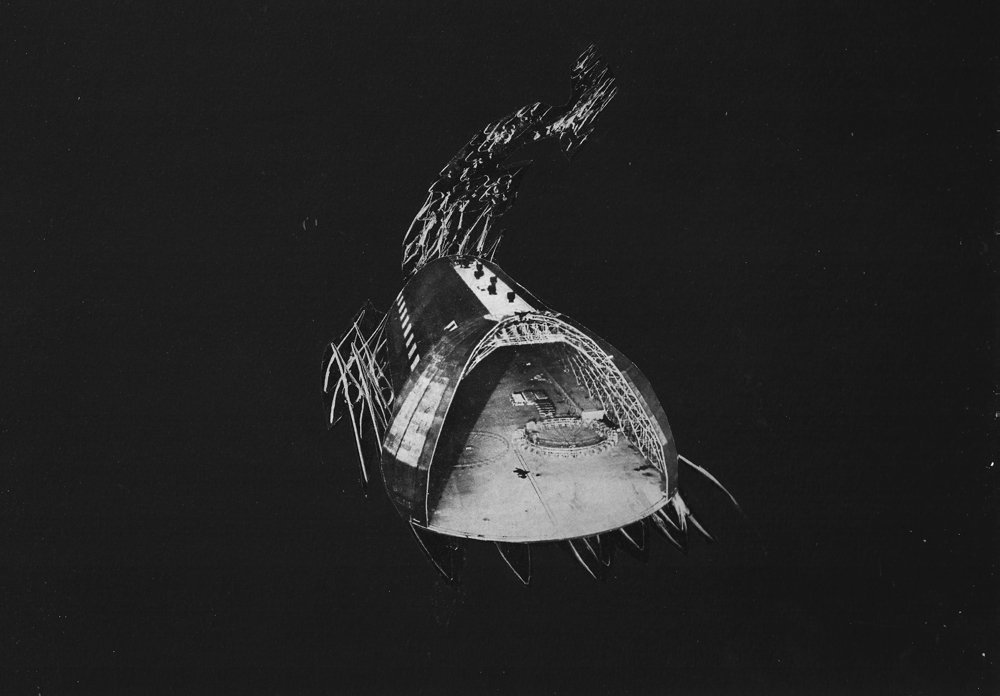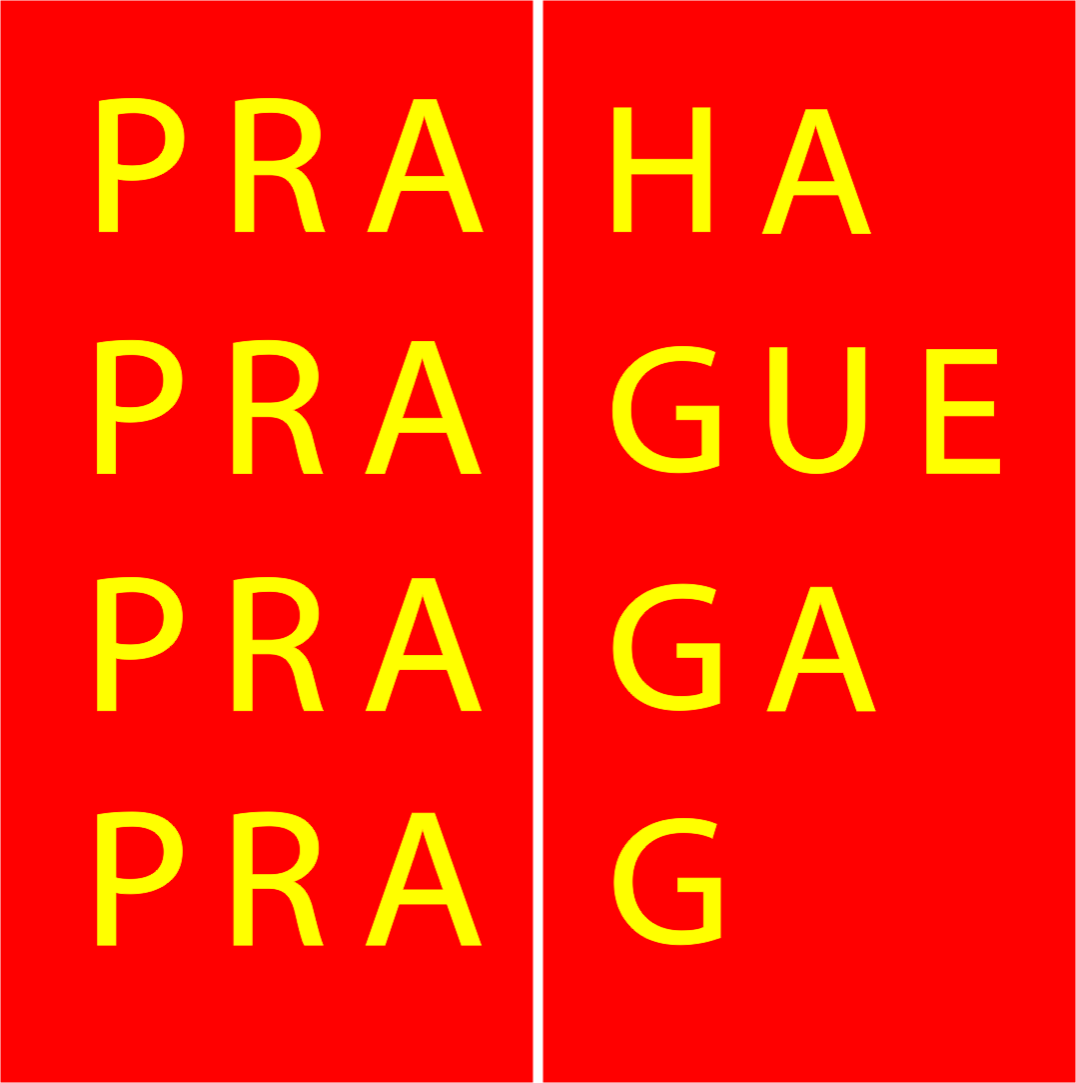The Academic Parish of St. Salvator
Ash Wednesday to Great Friday 2018
vernissage: 14th of February 2018 from 20.30
Daniel Pitín, in his Lent art intervention, focuses on ancient church fixtures, a unique feature of the church: early baroque confessionals. There is a series of statues of saint apostles by Jan Jiří Bendl mounted on these confessionals in the main Jesuit church in Klementinum. These statues are the most valuable collection of art that exists in this academic church next to the Charles bridge. „The closets of sin“ of St. Salvator are unique in one other way: they are one of the oldest examples of this once innovative church feature. A feature that very rarely serves its primary function now. What used to be functional, modern, and practical is no longer a part of the daily church and has given way to confession via a more personal dialogue. The old confessionals of St. Salvator serve as a background for the baroque atmosphere of the temple. They may remind us of a triumphal arch. For some they are simply massive black and gold pedestals for twelve alabaster statues. Some people may be wary of them, and some may see them with a certain contempt, as witnesses of darker times and the manipulative power over the fate of individuals. Others may not even register them and, if so, only in winter when they provide escape from the icy stone paving.
This year we approached Daniel Pitín and his visiuality consists of unexpected combinations, contrary atmospheres, broken sceneries and fractured realities. Pitín decomposes the surrounding world, and the world of the various layers of human memory and the fragments of its recordings. He changes scales and sizes in order to reassemble everything in a new framework; an entirety of a canvas or collage. Pitín’s pictures, films, and installations are independent entities as much as they can remind us of mirrors of the unconsciousness, dream recordings, metaphors of our dreams, and surrealistic representations of archeological micro-discoveries in the debris of western culture. In Pitín’s work we can glimpse notes from voyages deep into the human psyché – indiviual and collective. Space is a key category for any artist; a real or mental world as scenery, and man as his own director or manipulator of others. Pitín is not afraid to claim that the very purpose of his work is knowledge.
The echoes of hundreds – even thousands, of human stories, fears, failures, and tragedies may still be echoing in the depths of the ancient walls of the St. Salvator confessionals. On the other hand, these black closets have witnessed the healing reconciliations with ourselves, with our own imperfections, and with other human beings. And there may even be an encouraging quip still resonating therein, a disarming view of baroque Jesuits. Daniel Pitín incorporates the confessionals into the context of his own artistic vision. He gives these small church installations a new meaning, as if he was waking them from a hundred-year-long sleep and building new bridges between us and those who once kneeled here. The confessionals may become, even for a little while, an incentive for introspection and deeper understanding for today’s visitors.
Norbert Schmidt, curator


… from the studio, January 2018, photo ns

… in the confessional, February 12th, 2018, photo Petr Neubert


